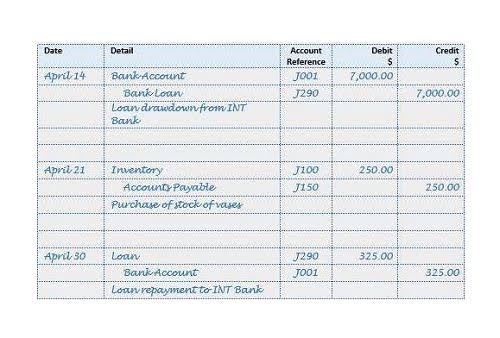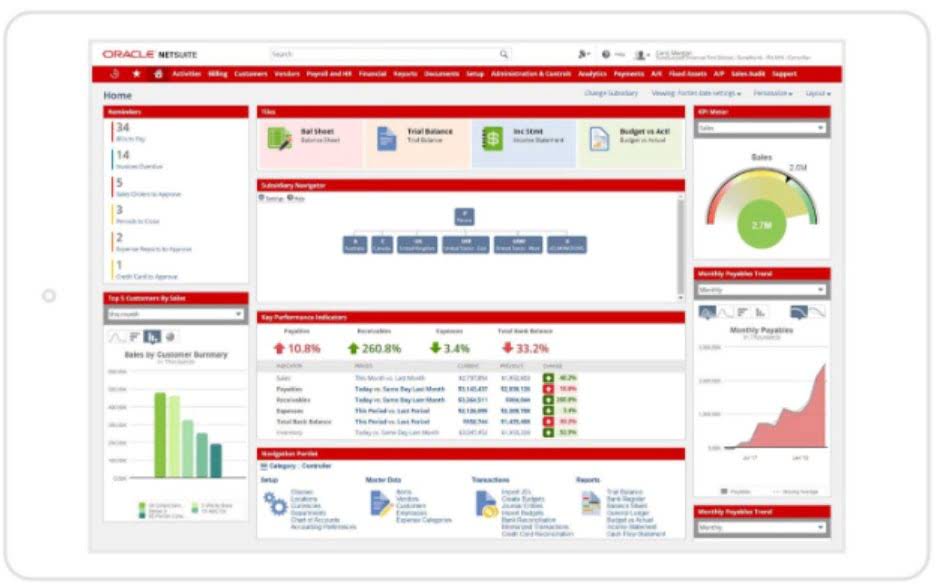Suspense Accounts in Accounting: Purpose and Management

Michelle and the supplier agreed to settle the balance owed to ledger account Michelle through a contra entry. To record this, Michelle processed a journal entry to remove both the $400 trade payable and $500 trade receivable and posted the difference to the suspense account. In branchless banking (BB) – banking through mobile for the unbanked – these accounts are used for ‘money-in-transit’. After you make corrections, close the suspense account so that it’s no longer part of the trial balance. Missing or incorrect details can derail your bookkeeping efforts, but you need to record every transaction.
Identifying Suspense Accounts

The suspense account allows you to record the payments without even assigning payment to a particular machinery account or equipment. Conversely, if suspense account the trial balance credits are larger than the debits, the difference is recorded in the suspense account as a debit. Once you find the reason for the trial balance and correct it, the account is closed and removed from the trial balance. AccountDebitCreditSuspense Account50Cash50When you receive the full payment from the customer, debit $50 to the suspense account.
Suspense Accounts
- She also thinks there may be other errors which occurred that did not involve a suspense account.
- In branchless banking – banking through mobile for unbanked – these accounts are used for ‘money-in-transit’.
- However, some companies have a periodic system to check and resolve the suspense accounts.
- Use a suspense account when you buy a fixed asset on a payment plan but do not receive it until you fully pay it off.
- The Class V Distribution Account shall not be an asset of any Trust REMIC formed hereunder, but rather shall be an asset of the Grantor Trust.
- A trial balance is the closing balance of an account that you calculate at the end of the accounting period.
Data errors can occur during the transmission, processing, or recording of financial information. These errors can result in incorrect or incomplete journal entries that do not align with the intended account classification. A suspense account can be used to hold such entries until the error can be identified and rectified.

What Is a Suspense Account? How It Works, Types, and Examples
- Sometimes, accounting teams don’t have all the necessary information for a particular transaction.
- A suspense account is a temporary account used in the general ledger to hold transactions that require further investigation to determine their proper classification.
- When recording those transactions, the accountant may be unsure of the type of account most appropriate to record those transactions.
- After you make the final payment and receive the item, close the suspense account and open a separate asset account.
- Otherwise, larger unreported transactions may not be recorded by the end of a reporting period, resulting in inaccurate financial results.
- As you can see, there is now a nil balance carried forward in the suspense account.
Implementing robust accounting systems and processes can help reduce the likelihood of suspense accounts arising. This includes ensuring proper segregation of duties, implementing strong internal controls, automating data entry processes, and regularly updating and maintaining accounting software and systems. The presence of unresolved suspense accounts can have implications for the accuracy and completeness of financial statements. If suspense account items are not identified and resolved promptly, they can result in misstatements in financial statements.

Usage: What Are Suspense Accounts Used For?
They provide a means for temporarily storing these transactions until their nature is identified or discrepancies are cleared. Suspense accounts are particularly useful in cases where the timing, classification, or allocation of journal entries is uncertain, or when errors or discrepancies have been detected. For the purposes of the exam, any errors which must be identified and corrected will be realistic in terms of a computerised accounting system. Suspense accounts and error correction are popular topics for examiners because they test candidates’ understanding of bookkeeping principles so well. A suspense account is a temporary holding account for a bookkeeping entry that will end up somewhere else once the final and correct account is determined. As cash has been received, an accounting entry will be recorded in the suspense account until the information regarding which invoice the payment is for is provided.

Let’s suppose a https://x.com/bookstimeinc company receives a cash sum of $500 but it cannot figure out who the money is from or what it is for. There is an uncertainty regarding transaction classification at the time of its entry into an accounting system. They know who sent the payment, however, the vendor has several outstanding invoices and haven’t specified which invoice the payment should be paid against. Despite its mysterious connotations, “suspense” in this case simply refers to the fact that a transaction or its designation in a company’s books has been suspended temporarily, pending some further action. The very purpose of profit and loss account is to ascertain whether the business is making profit or loss for a given period.
- It is, therefore, imperative for organizations to proactively manage and resolve suspense accounts to mitigate these risks effectively.
- The Reconciliation Control Tower further complements this by providing a centralized platform with real-time visibility into reconciliation activities, facilitating a 30% reduction in reconciliation time.
- Once you find the reason for the trial balance and correct it, the account is closed and removed from the trial balance.
- Recording and acknowledging such transactions is essential to ensuring accuracy in financial statements.
- By addressing these procedural gaps, organizations can reduce the volume of transactions that require suspense account classification, streamlining accounting operations and enhancing overall financial management.
Example 3: Accounting Error
When a client level activity is processed in order to create a suspense refund, configuration is present to require that OIPA automatically generate a suspense refund number. Suspense is frequently used in the books of accounting in the following circumstances. Let’s suppose you receive a payment from an unknown entity; or the sender is known but you are not sure which invoice they are paying for.
Suspense Accounts in Business
- The errors which do involve a suspense account will also require journal entries to correct them, but one side of the journal entry will be to the suspense account opened for the difference in the accounting records.
- Suspense accounts are commonly used when there is no paper trail for the transaction or the nature of it hasn’t been informed yet.
- Each week he purchases some of the materials needed to manufacture the bakery’s products and he pays for them with the company’s debit card.
- In short, a suspense account is the point of last resort when you need a short-term holding bay for financial items that will end up somewhere else once their final resting place is decided.
- The purpose of a suspense account is to temporarily store transactions that cannot be immediately classified into a specific account due to incomplete information or uncertainty.
- Regular training sessions and updates on accounting standards and practices contribute to the overall preventive measures against suspense account occurrences.
The rules that mortgage servicers must follow are spelled out by the Consumer Financial Protection Bureau, which enforces the federal Real Estate Settlement Procedures Act. The servicer must also explain what the borrower needs to do in order to have that money applied to their mortgage payment. A mortgage servicer can use a suspense account to hold funds when a borrower falls short on their required monthly loan repayment, possibly by accident. Let’s say you receive money from a customer called John for delivering him goods without an invoice.